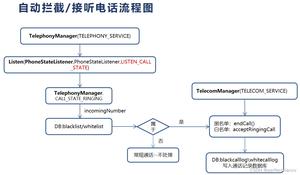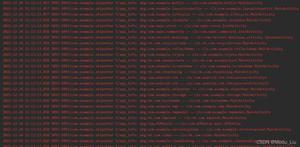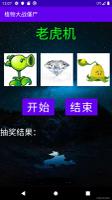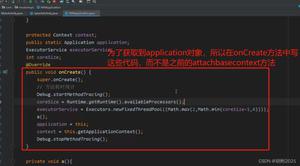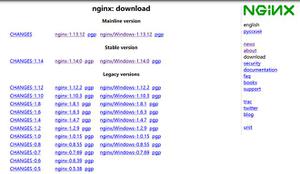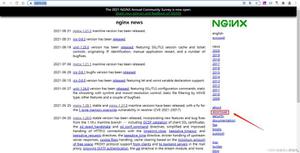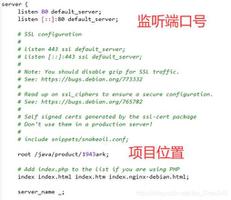Android底部菜单栏实现的实例代码
Android 使用RadioGroup 实现底部导航菜单栏。
一、主界面布局的实现:
先来张效果图:
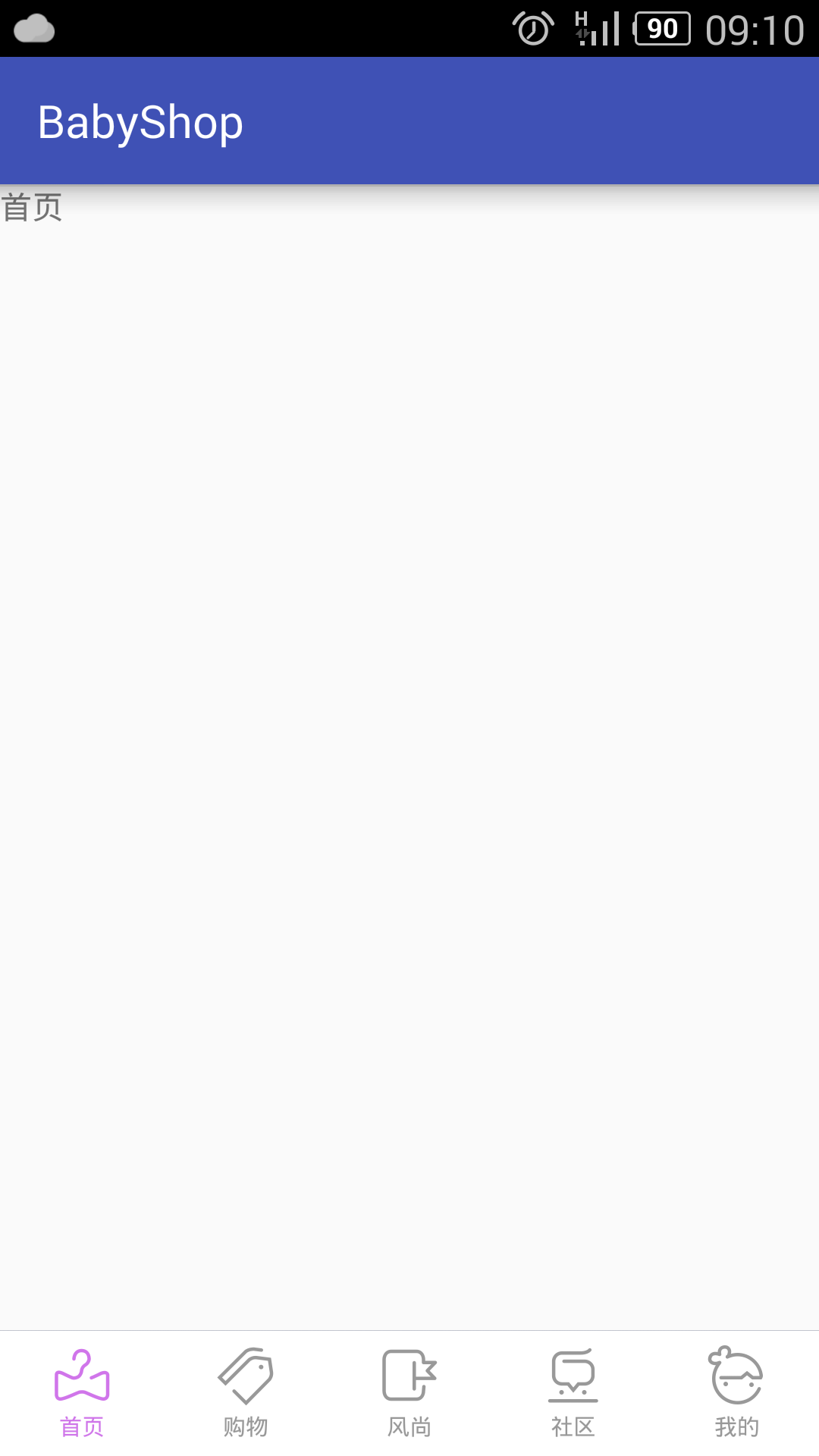
介绍一下总体界面包括的内容:底部五个导航按钮,主界面包括一个FrameLayout用来放五个Fragment。点击底部按钮会对应跳转到指定的界面。
实现布局:activity_main.xml
<?xml version="1.0" encoding="utf-8"?>
<RelativeLayout xmlns:android="http://schemas.android.com/apk/res/android"
xmlns:tools="http://schemas.android.com/tools"
android:layout_width="match_parent"
android:layout_height="match_parent"
tools:context="com.garvey.activitys.MainActivity">
<FrameLayout
android:id="@+id/id_fragment_content"
android:layout_width="match_parent"
android:layout_height="match_parent"
android:layout_above="@+id/id_diverline"></FrameLayout>
<View
android:id="@+id/id_diverline"
android:layout_above="@+id/id_bottom_tags"
android:layout_width="match_parent"
android:layout_height="0.1dp"
android:background="#C2C5CE"/>
<LinearLayout
android:id="@+id/id_bottom_tags"
android:layout_width="match_parent"
android:layout_height="55dp"
android:layout_alignParentBottom="true"
android:background="@drawable/bt_tag_bg"
android:orientation="horizontal">
<RadioGroup
android:id="@+id/id_navcontent"
android:layout_width="match_parent"
android:layout_height="match_parent"
android:layout_gravity="center"
android:background="@color/transparent"
android:gravity="center"
android:orientation="horizontal">
<RadioButton
android:id="@+id/id_nav_btshouye"
android:layout_width="0dp"
android:checked="true"
android:layout_height="wrap_content"
android:layout_gravity="center"
android:layout_weight="1"
android:background="@color/transparent"
android:button="@null"
android:clickable="true"
android:drawablePadding="2dp"
android:drawableTop="@drawable/x_nav_menu_sy"
android:gravity="center"
android:onClick="switchView"
android:text="首页"
android:textColor="@drawable/x_nav_menu_color"
android:textSize="10sp" />
<RadioButton
android:id="@+id/id_nav_btgouwu"
android:layout_width="0dp"
android:layout_height="wrap_content"
android:layout_gravity="center"
android:layout_weight="1"
android:background="@color/transparent"
android:button="@null"
android:clickable="true"
android:drawablePadding="2dp"
android:drawableTop="@drawable/x_nav_menu_gw"
android:gravity="center"
android:onClick="switchView"
android:text="购物"
android:textColor="@drawable/x_nav_menu_color"
android:textSize="10sp" />
<RadioButton
android:id="@+id/id_nav_btfengshang"
android:layout_width="0dp"
android:layout_height="wrap_content"
android:layout_gravity="center"
android:layout_weight="1"
android:background="@color/transparent"
android:button="@null"
android:clickable="true"
android:drawablePadding="2dp"
android:drawableTop="@drawable/x_nav_menu_fs"
android:gravity="center"
android:onClick="switchView"
android:text="风尚"
android:textColor="@drawable/x_nav_menu_color"
android:textSize="10sp" />
<RadioButton
android:id="@+id/id_nav_btshequ"
android:layout_width="0dp"
android:layout_height="wrap_content"
android:layout_gravity="center"
android:layout_weight="1"
android:background="@color/transparent"
android:button="@null"
android:clickable="true"
android:drawablePadding="2dp"
android:drawableTop="@drawable/x_nav_menu_sq"
android:gravity="center"
android:onClick="switchView"
android:text="社区"
android:textColor="@drawable/x_nav_menu_color"
android:textSize="10sp" />
<RadioButton
android:id="@+id/id_nav_btwode"
android:layout_width="0dp"
android:layout_height="wrap_content"
android:layout_gravity="center"
android:layout_weight="1"
android:background="@color/transparent"
android:button="@null"
android:clickable="true"
android:drawablePadding="2dp"
android:drawableTop="@drawable/x_nav_menu_wd"
android:gravity="center"
android:onClick="switchView"
android:text="我的"
android:textColor="@drawable/x_nav_menu_color"
android:textSize="10sp" />
</RadioGroup>
</LinearLayout>
</RelativeLayout>
编写selector 用来设置点击后的背景变化:
x_nav_menu_fs.xml,x_nav_menu_gw.xml,x_nav_menu_sq.xml,x_nav_menu_sy.xml,x_nav_menu_wd.xml
例如x_nav_menu_sy.xml文件的书写为:
<?xml version="1.0" encoding="utf-8"?>
<selector xmlns:android="http://schemas.android.com/apk/res/android">
<item android:drawable="@mipmap/tabitem_0" android:state_checked="true"></item>
<item android:drawable="@mipmap/tabitem0"></item>
</selector>
编写文字点击后颜色的变化drawable:x_nav_menu_color.xml
<?xml version="1.0" encoding="UTF-8"?>
<selector xmlns:android="http://schemas.android.com/apk/res/android">
<item android:color="#CF75E9" android:state_checked="true"></item>
<item android:color="#989898"></item>
</selector>
编写底部菜单栏背景的drawablebt_tag_bg.xml:
<?xml version="1.0" encoding="utf-8"?>
<shape xmlns:android="http://schemas.android.com/apk/res/android">
<solid android:color="#FFFFFF" />
</shape>
按照上述方式的就完成了底部菜单栏的布局方式,同时在布局的时候我们为每个RadioButton设置了点击监听器,监听方法是:switchView(View view)。
二、布局的代码实现
创建五个fragment,分别对应每个按钮的界面,Fragment的代码非常简单,例如下面一个Fragment:
package com.garvey.modules;
import android.os.Bundle;
import android.support.v4.app.Fragment;
import android.view.LayoutInflater;
import android.view.View;
import android.view.ViewGroup;
import com.garvey.babyshop.R;
/**
* 作者: Garvey on 2016/6/13.
* 邮箱: lianjiawei18@163.com
*/
public class ShouYeFragment extends Fragment{
// 缓存Fragment view
private View rootView;
private static ShouYeFragment shouYeFragment;
public ShouYeFragment(){}
public static ShouYeFragment getNewInstance(){
if (shouYeFragment ==null){
shouYeFragment =new ShouYeFragment();
}
return shouYeFragment;
}
@Override
public void onCreate(Bundle savedInstanceState) {
super.onCreate(savedInstanceState);
}
@Override
public View onCreateView(LayoutInflater inflater, ViewGroup container, Bundle savedInstanceState) {
if (rootView == null) {
rootView = inflater.inflate(R.layout.fragment_shouye, container, false);
}
// 缓存的rootView需要判断是否已经被加过parent,
// 如果有parent需要从parent删除,要不然会发生这个rootview已经有parent的错误。
ViewGroup parent = (ViewGroup) rootView.getParent();
if (parent != null) {
parent.removeView(rootView);
}
return rootView;
}
@Override
public void onResume() {
super.onResume();
}
}
然后编写MainActivity的代码,首先确立界面对应的索引:
public static final int VIEW_SHOUYE_INDEX = 0;
public static final int VIEW_GOUWU_INDEX = 1;
public static final int VIEW_FENGSHANG_INDEX = 2;
public static final int VIEW_SHEQU_INDEX = 3;
public static final int VIEW_WODE_INDEX = 4;
private int temp_position_index = -1;
然后书写对应的switchView(View view )方法来实现对应的界面切换:
public void switchView(View view) {
switch (view.getId()) {
case R.id.id_nav_btshouye:
if (temp_position_index != VIEW_SHOUYE_INDEX) {
//显示
mTransaction = getSupportFragmentManager().beginTransaction();
mTransaction.replace(R.id.id_fragment_content, syFragemnt);
mTransaction.commit();
}
temp_position_index = VIEW_SHOUYE_INDEX;
break;
case R.id.id_nav_btgouwu:
if (temp_position_index != VIEW_GOUWU_INDEX) {
//显示
mTransaction = getSupportFragmentManager().beginTransaction();
mTransaction.replace(R.id.id_fragment_content, gwFragment);
mTransaction.commit();
}
temp_position_index = VIEW_GOUWU_INDEX;
break;
case R.id.id_nav_btfengshang:
if (temp_position_index != VIEW_FENGSHANG_INDEX) {
//显示
mTransaction = getSupportFragmentManager().beginTransaction();
mTransaction.replace(R.id.id_fragment_content, fsFragment);
mTransaction.commit();
}
temp_position_index = VIEW_FENGSHANG_INDEX;
break;
case R.id.id_nav_btshequ:
if (temp_position_index != VIEW_SHEQU_INDEX) {
//显示
mTransaction = getSupportFragmentManager().beginTransaction();
mTransaction.replace(R.id.id_fragment_content, sqFragment);
mTransaction.commit();
}
temp_position_index = VIEW_SHEQU_INDEX;
break;
case R.id.id_nav_btwode:
if (temp_position_index != VIEW_WODE_INDEX) {
//显示
mTransaction = getSupportFragmentManager().beginTransaction();
mTransaction.replace(R.id.id_fragment_content, wdFragment);
mTransaction.commit();
}
temp_position_index = VIEW_WODE_INDEX;
break;
}
}
MainActivity的总代码如下:
package com.garvey.activitys;
import android.os.Bundle;
import android.support.v4.app.Fragment;
import android.support.v4.app.FragmentTransaction;
import android.support.v7.app.AppCompatActivity;
import android.view.View;
import android.widget.RadioGroup;
import com.garvey.babyshop.R;
import com.garvey.modules.FengShangFragment;
import com.garvey.modules.GouWuFragment;
import com.garvey.modules.SheQuFragment;
import com.garvey.modules.ShouYeFragment;
import com.garvey.modules.WoDeFragment;
public class MainActivity extends AppCompatActivity {
/**
* 底部导航栏的widdget
*/
private RadioGroup mNavGroup;
private FragmentTransaction mTransaction;
/**
* 五个Fragments
*/
Fragment syFragemnt, gwFragment, fsFragment, sqFragment, wdFragment;
public static final int VIEW_SHOUYE_INDEX = 0;
public static final int VIEW_GOUWU_INDEX = 1;
public static final int VIEW_FENGSHANG_INDEX = 2;
public static final int VIEW_SHEQU_INDEX = 3;
public static final int VIEW_WODE_INDEX = 4;
private int temp_position_index = -1;
@Override
protected void onCreate(Bundle savedInstanceState) {
super.onCreate(savedInstanceState);
setContentView(R.layout.activity_main);
initView();
}
private void initView() {
mNavGroup = (RadioGroup) findViewById(R.id.id_navcontent);
syFragemnt = ShouYeFragment.getNewInstance();
gwFragment = GouWuFragment.getNewInstance();
fsFragment = FengShangFragment.getNewInstance();
sqFragment = SheQuFragment.getNewInstance();
wdFragment = WoDeFragment.getNewInstance();
//显示
mTransaction = getSupportFragmentManager().beginTransaction();
mTransaction.replace(R.id.id_fragment_content, syFragemnt);
mTransaction.commit();
}
public void switchView(View view) {
switch (view.getId()) {
case R.id.id_nav_btshouye:
if (temp_position_index != VIEW_SHOUYE_INDEX) {
//显示
mTransaction = getSupportFragmentManager().beginTransaction();
mTransaction.replace(R.id.id_fragment_content, syFragemnt);
mTransaction.commit();
}
temp_position_index = VIEW_SHOUYE_INDEX;
break;
case R.id.id_nav_btgouwu:
if (temp_position_index != VIEW_GOUWU_INDEX) {
//显示
mTransaction = getSupportFragmentManager().beginTransaction();
mTransaction.replace(R.id.id_fragment_content, gwFragment);
mTransaction.commit();
}
temp_position_index = VIEW_GOUWU_INDEX;
break;
case R.id.id_nav_btfengshang:
if (temp_position_index != VIEW_FENGSHANG_INDEX) {
//显示
mTransaction = getSupportFragmentManager().beginTransaction();
mTransaction.replace(R.id.id_fragment_content, fsFragment);
mTransaction.commit();
}
temp_position_index = VIEW_FENGSHANG_INDEX;
break;
case R.id.id_nav_btshequ:
if (temp_position_index != VIEW_SHEQU_INDEX) {
//显示
mTransaction = getSupportFragmentManager().beginTransaction();
mTransaction.replace(R.id.id_fragment_content, sqFragment);
mTransaction.commit();
}
temp_position_index = VIEW_SHEQU_INDEX;
break;
case R.id.id_nav_btwode:
if (temp_position_index != VIEW_WODE_INDEX) {
//显示
mTransaction = getSupportFragmentManager().beginTransaction();
mTransaction.replace(R.id.id_fragment_content, wdFragment);
mTransaction.commit();
}
temp_position_index = VIEW_WODE_INDEX;
break;
}
}
}
源码下载
以上就是这篇文章的全部内容了,希望本文的内容对大家的学习或者工作具有一定的参考学习价值,如果有疑问大家可以留言交流,谢谢大家对的支持。
以上是 Android底部菜单栏实现的实例代码 的全部内容, 来源链接: utcz.com/p/240475.html


